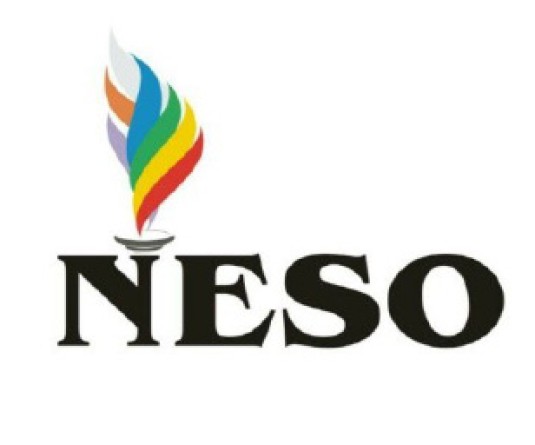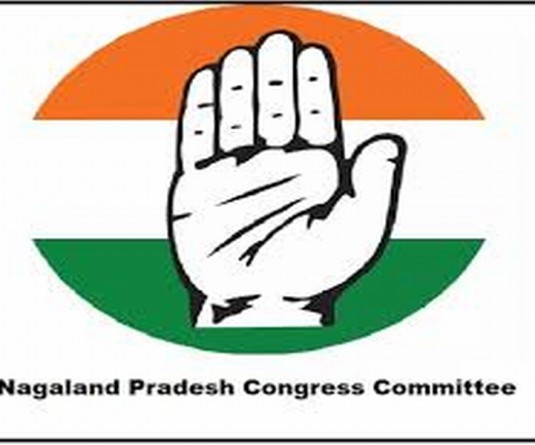Morung Express News
Kohima | August 27
The Morung Lecture XV on a ‘Journey from the Heart: Naga Repatriation & Healing of the Land’ on August 26 in Kohima, drew a crowd of 130 young scholars, researchers, academicians and participants from various walks of life. The lecture raised critical reflections, questions and responses on the repatriation of Naga ancestral remains as well as the Nagas’ journey in the process of decolonization.
“How did the Naga ancestral remains become private collections?” asked Filmmaker Sophy Lasuh. According to Dolly Kikon, the remains were taken under duress during expeditions and were passed down as private collection through inheritance, which were then given away to museums. Some were donated by European families, as the collections held no significance to the families, while majority of the collections were from JH Hutton and JP Mills.
Kikon also highlighted the legal complexities. On one hand, consulting Naga elders also raised the elders' view that the Britishers must ask for forgiveness. On the other hand, the curators and Directors asserted that since these are private collections at the museum, Nagas have to make an appeal to the Oxford University.
“It’s an ongoing process and the ambiguity will keep coming up,” said Kikon.
Kikon also raised a crucial issue on Naga antiques being sold across boutique hotels in India and overseas. “We have factories in India which are reproducing a lot of prototypes and selling it across the market. We have been reduced to boutique hotels’ decorative pieces. This is something that we really need to reflect today,” Kikon pointed out.
On questions posed by Dr D Vasa, from the Department of History and Archaeology, Nagaland University, on whether the remains are skulls, or full skeletal remains and how one would identify the families, Kikon mentioned that some of the remains are body parts such as piece of a jaw, femur, ribs, skulls as well as skeletal remains of children as young as 9 years old.
While some of the remains have details such as the name of the village or the name of the chief, Kikon mentioned that there are gray areas in the form of human hairs and teeth attached to various cultural items.
“Tracing the families is going to be a long journey that we can think about together. We are looking at 150 years. Most of the categorisation has been done by European curators and researchers with none of them having any access to Naga language. This has been a huge oversight,” Kikon highlighted.
Meanwhile Dr Vizovono Elizabeth also stressed on the difficulty in identifying ancestry. “Practically it will be difficult to find clear answers. But just because we can't identify them does not mean we do not claim them. They are still our Naga ancestors. We cannot un-count them,” remarked Dr Elizabeth.
“How might we grapple the difference through which we gain knowledge of Naga culture? Given this, since many contemporary researches still study their (Hutton, Mills) monographs, how best might we be academically more conscious on the politics of scholarship?” queried a young scholar, A Pongen.
To this, Dolly Kikon responded, “We cannot make the foundation of our knowledge a colonial one. As a student, that is the wisdom that you start with. Definitely, we cannot call for censorship. People will continue to read Mills, Hutton and Haimendorf. What we need to do then, is what other indigenous scholars and African American thinkers are doing; who now have reading lists in parallel with their own people and writing about their history.”
As indigenous scholars, Kikon also asserted that one needs to honour who are the knowledge keepers of the land.
Khetoshe, from Christ for the Nations Bible College, also raised the issue on repatriation within Nagas, citing skull trophies among Nagas where heads of enemies were hunted and taken back to the winning warrior's village.
To this, Kikon responded, “There is an immediate distinction, the trophies that we have here in the villages, it is seen as a part of a heritage. Repatriation is grounded in theft, as in ancestral objects that were taken away under duress.”
According to Dr Aküm Longchari, Publisher, The Morung Express, the repatriation process involves many steps. “As much as it involves the community, it is also a legal process, and an international process. There are many stages to that. At the moment, let is focus on engaging in dialogues like this.”
In the same spirit, Kikon also asserted, “As part of the inheritors of Naga legacy, you will all have the answers. The reason we are opening up this journey, is that an intergenerational dialogue and respect takes place. Not everything that our ancestors did were dark or from the devil. I think perhaps this journey will make us wiser.”
“Colonization is so ingrained in us, that we think that it's the natural way of doing things. In all the ways that we have been defined and in all the ways that our stories have been told, there is this element of colonization. The process and journey we have embarked upon, this is something we need to do collectively,” remarked Dr Vizovono Elizabeth.
“How do we conduct burials once the remains are brought home? How do we honour them?” asked a young Social Anthropology scholar. The query was responded with another question by Kikon to the young scholar, “How would you like them be honoured? If I were to ask you the question, what would you want?”
“I think I want them to be buried the way they want, the way they deserved. To honour them the way they want it to be,” replied the young scholar.
Narrating the transfer of Naga ancestral remains which also happened between Britishers and Indians administrators and scholars, Kikon recalled stories retold by children of these administrators and scholars on how Naga remains such as skulls were used as paperweights and decorative pieces.
“After the trauma of colonisation, we need to ask, do we still need them to be exhibited or perhaps they have already gone through so much. This process requires them to rest.”






